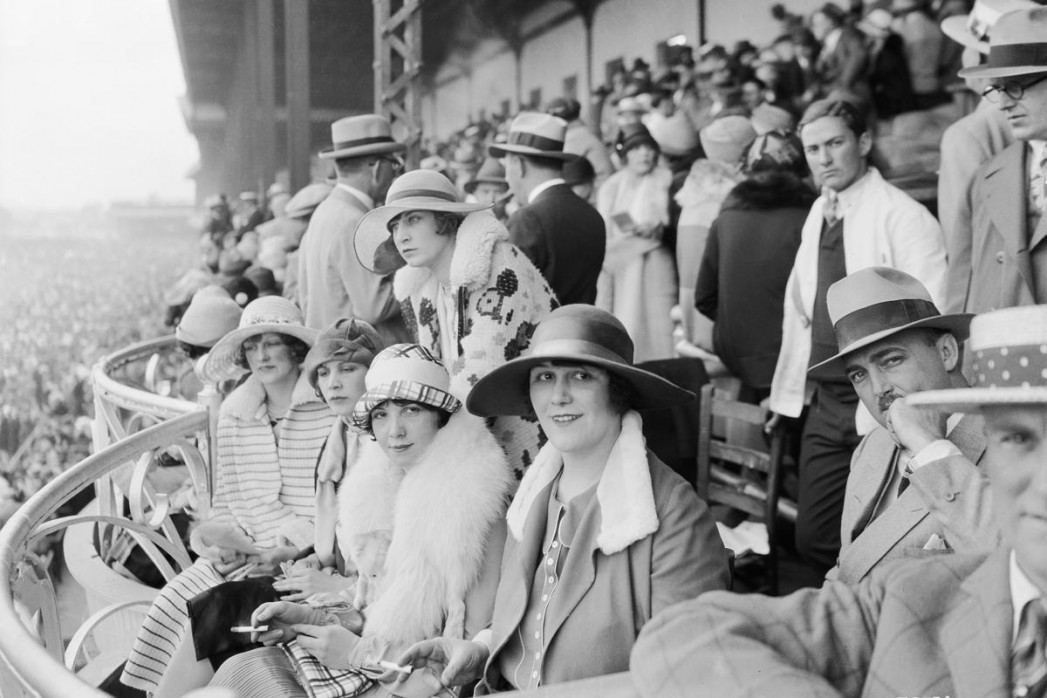Sometimes, as we’re planning on what hat to wear or how where we’re going to conceal our booze, we forget that the annual run for the roses is an affair dating back more than a century. All those years flying by almost as fast as the three year old thoroughbreds thundering round the track. So many years, changes, accelerations, and fascinations it’s hard to keep up.
It would be daunting to recount every single decade of Derby, so with the help of Bill Doolittle's beautiful book The Kentucky Derby, and the Kentucky Derby's official website, we’ve picked a few favorite decades to highlight. It all begins in
1875:

May 17, 1875 marked the first Kentucky Derby. The top-notch sporting event envisioned by Meriwether Lewis Clark drew a crowd of nearly 10,000. The Infield was packed with picnickers and horse-drawn wagons excited and ready for, the then, 1.5 mile long racing event. Like today, the sporting event brought together all walks of life dressed in their best. According to Doolittle, “by every report, the first Kentucky Derby was a huge fashion show. Whatever their walk of life, crowned themselves with a hate from the top shelf."

1930s:
The Great Depression grabbed hold of American roots, but did nothing to slow down Kentucky’s great race. In 1932 the day of the great race moved to the first Saturday in May. The move was made to accommodate the new idea of a Triple Crown Winner, a term coined in 1930 by New York Times to describe the combined wins of Gallant Fox, the winner of the Kentucky Derby, Preakness Stakes, and the Belmont Stakes.
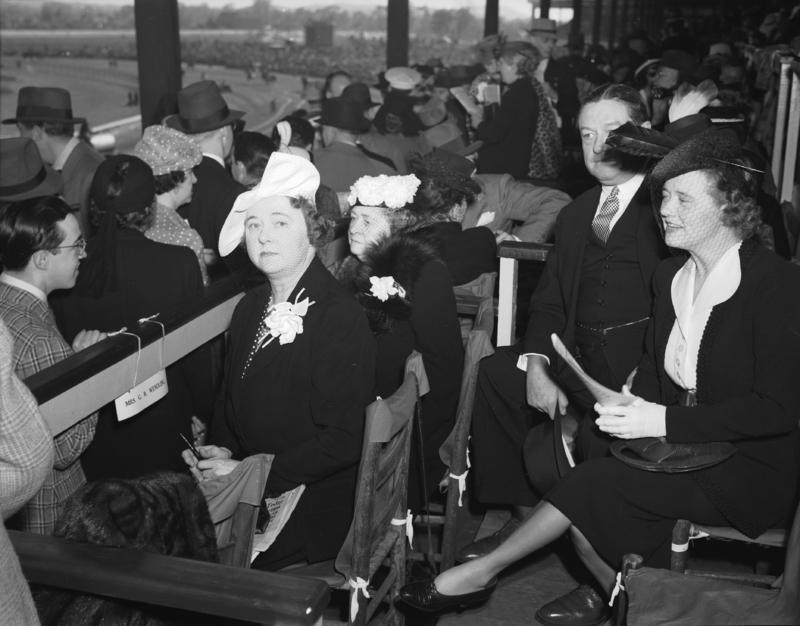
1932 was also the first year the Kentucky Derby was broadcasted internationally and the winning horse was draped in the iconic garland of red roses.
1950s:

Postwar America was swingin' by the '50s, that renewed wealth was reflected in the Derby fashion. Women were clad in chic suits and fitted skirts. Men still stunned in tailored suits.

The '50s also introduced everyday America to the television and in 1952 the Kentucky Derby was broadcasted live nationally. Millions of viewers tuned in to see the fastest two minutes in sports at Churchill Downs. Two years later the winning purse exceeded $100,000.

1960s
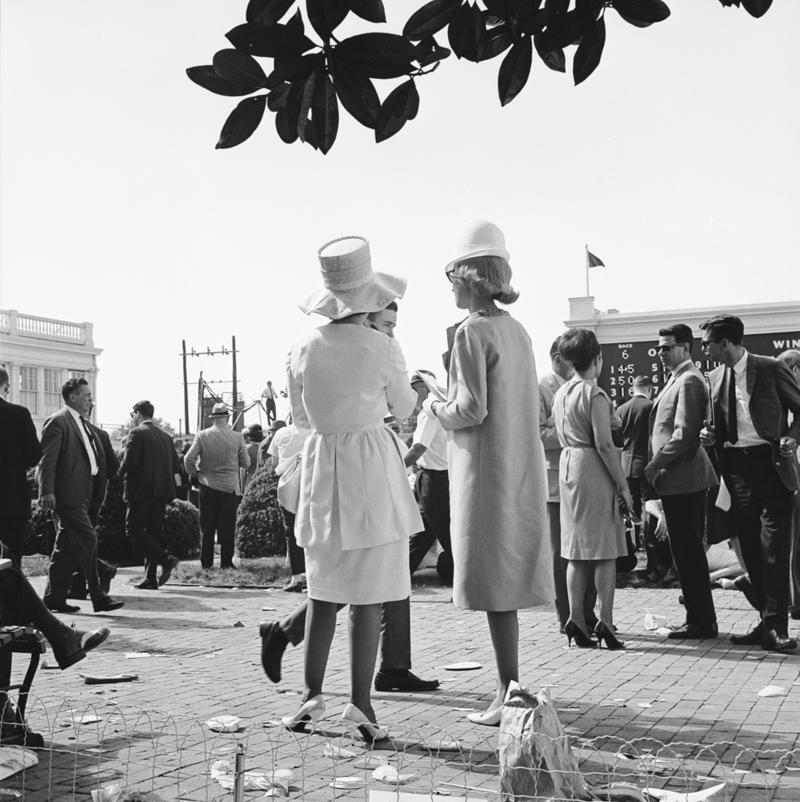
Millionaires Row opened in 1966 and changed the Derby game. Everything became louder and prouder. Fashion followed suit. Ladies began the tradition of lavish dresses and extravagant hats, a tradition that continues to this day.

Just as things were on the up-and-up the first Derby winner was disqualified in 1968. The winning horse, Dancer, tested positive for illegal drugs and his purse was awarded to the runner up winner, Forward Pass. Nixon visited the Derby the following year.
1970s
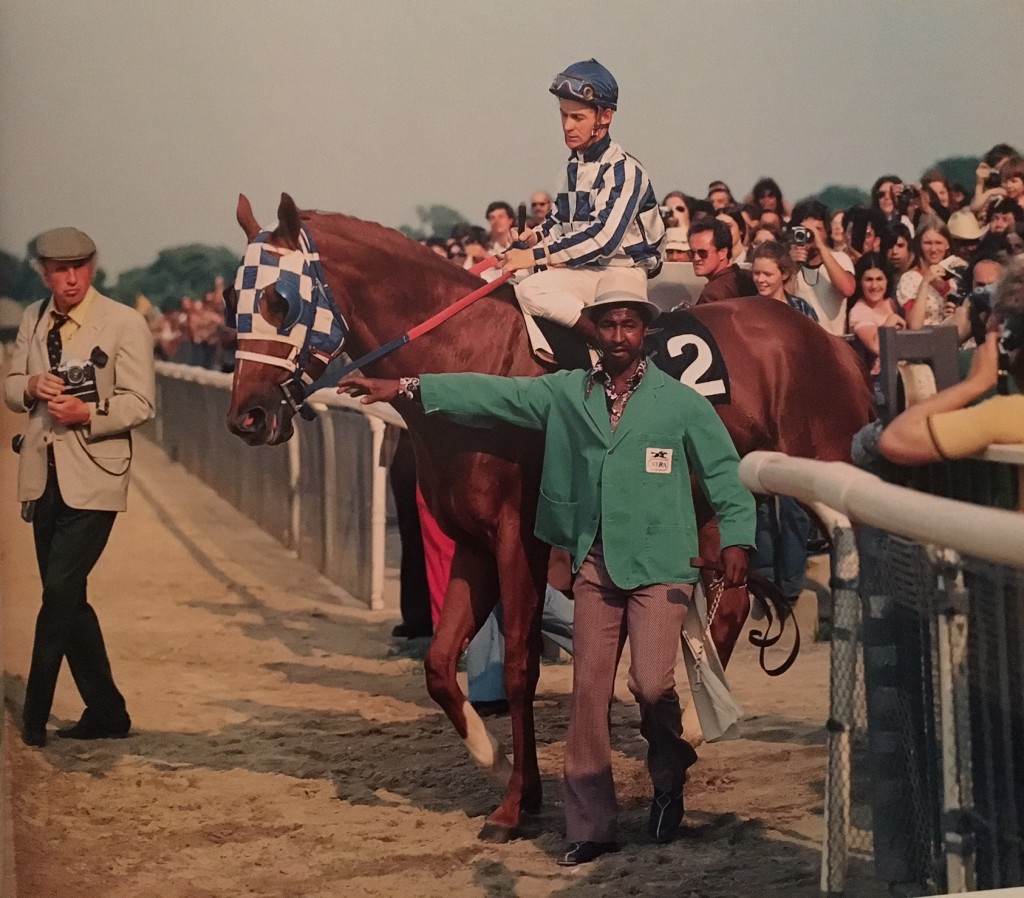
The first female jockey, Diane Crump, rode the Run for the Roses in 1970. While she didn’t win, she did put women on the track amongst the rest. In the same year literary Louisville legend, Hunter S. Thompson, wrote the famous sports article, “The Kentucky Derby Is Decadent and Depraved.” It is remarked as the first appearance of Gonzo journalism, a style Thompson forged and perfected throughout the '70s.
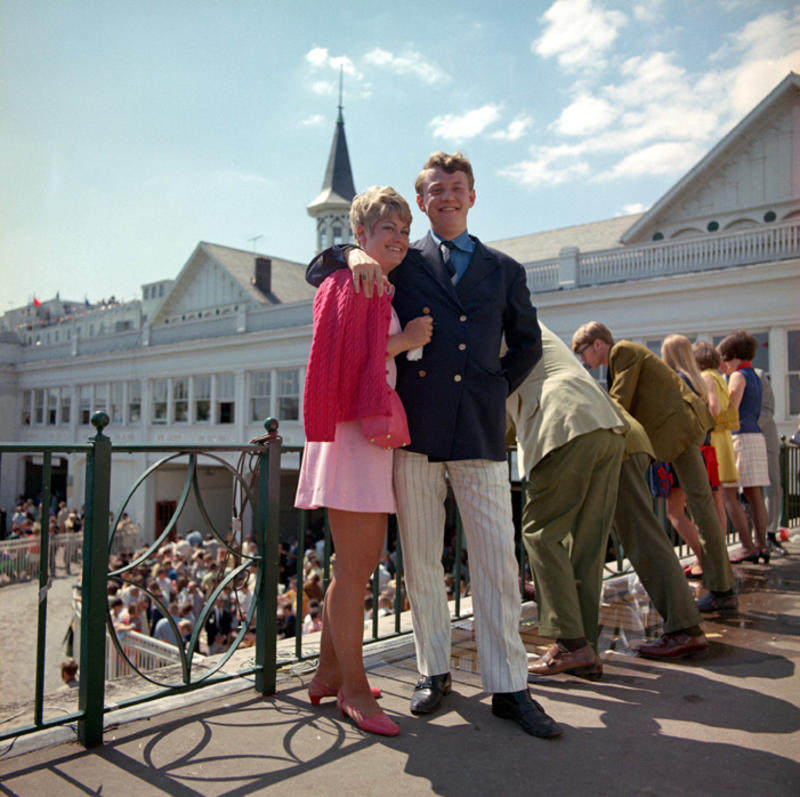
1973 marked the fasted Derby race ran so far. In the 99th year, Secretariat won the Kentucky Derby in 1:59:40.
1980s

Live wagering across the nation was set in 1884 allowing out of state tracks to simulcast and bet on the Kentucky Derby. The record was set for wagering on a single race at $18,941, 933. The following year Churchill Downs Racetrack became a National Landmark.

1990s

The purse was increased to $1 million in 1995 (it’s doubled today) and the general admission was raised to $30. Future Wagers also came into play in 1999 allowing fans to bet on horses leading up to the race. The 90s also brought in huge named celebs like Morgan Freeman, John Goodman, Jack Nicholson, Sylvester Stallone, and Joan Rivers.
2000s to Present

In 2006 Barbaro won the Derby by six and a half lengths. The largest since 1946. Unfortunately he passed away from injuries a few weeks later. A bronze statue is above his remains at the entrance of Churchill.

2012 marked the highest attended Derby in history. 165, 307 sport fans filled the track and also set the wagering record at $133.1 million. More celebs attended the Derby in these years.
Cover Image: Kentucky Derby

